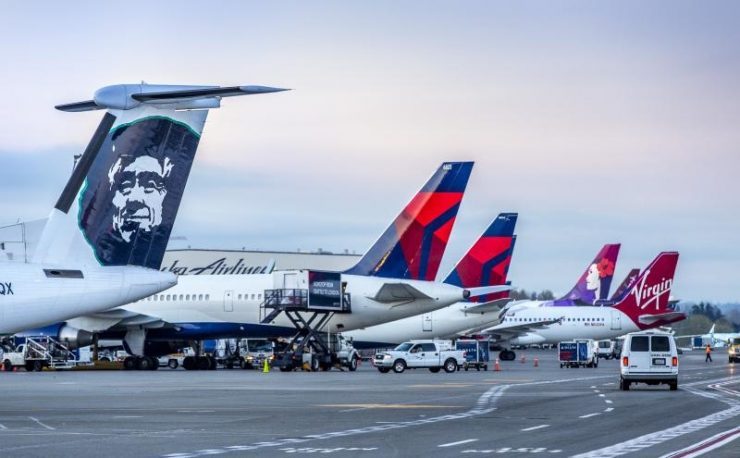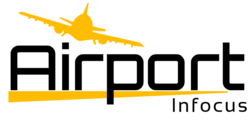Airport performance company, ADB SAFEGATE, will implement its most advanced Safedock A-VDGS (Advanced Visual Docking Guidance System) and SafeControl Apron Management (SAM) solution across all gates at Seattle-Tacoma International Airport (Sea-Tac).

The project will upgrade older A-VDGS already in operation with the Safedock T1 and install the docking guidance systems at more than 90 gates on Concourses A, B, C and D, the North and South Satellite gates and gates included with the new International Arrivals Facility (IAF) expected to open in late 2019. SAM integration software will connect all A-VDGS units to enable automated aircraft docking, and integrate with other systems and equipment to provide real-time status and updates, as well as automatic ramp information display (RIDS) capability that allows airlines to display critical flight information to ramp workers.
The Port of Seattle plays a key role in bringing international trade, transportation and travel to the Pacific Northwest in the US as the owner and operator of Sea-Tac Airport – which ranks 9th in passenger traffic and 19th in cargo operations in the U.S. Demand for air travel at Sea-Tac has increased 41 percent during the last five years, rising from 33.2 million passengers in 2012 to 46.9 million passengers in 2017.
To capitalize on this unprecedented growth and accommodate the demand for gates, the Port has several projects underway to improve service and reduce delay. Deploying the ADB SAFEGATE technology to leverage existing and future gate use helps to manage the growing number of flights at Sea-Tac.
The Port first installed Safedock A-VDGS in 2004 and has since equipped Sea-Tac with 21 systems. However, having A-VDGS at some, but not all gates, did not provide the seamless operation necessary to maximize gate performance. Robert H. Kikillus, AAE, Airport Operations Manager, Sea-Tac Airport, says, “Our goal is to enhance ramp safety airport-wide while creating a more consistent and efficient airside operation to better serve air travelers and our airline partners.”
The new system will provide the Port and its airlines with real on-gate and off-gate information to better utilize existing gates. It will also extend real-time video of each docking for gate scheduling and airline asset tracking. The project will set up integration with the Airport Operational Database (AODB) and other Port systems to provide real-time gate availability data and usage statistics to the Port and its airline partners, as well as future-proof Sea-Tac for an Airport Collaborative Decision Making program.
More efficient aircraft docking will reduce taxi-lane congestion as well as fuel consumption and CO2 emissions at the airport. Ultimately, the system supports Port ramp safety initiatives by scanning the gate area before every arrival and alerting pilots of any obstacles in the way. The automated system also ensures gate compatibility and is integrated with the passenger boarding bridge to be sure it is in a safe position.
“We are very pleased to play a role in the Port of Seattle’s effort to enhance ramp safety and boost gate performance at Sea-Tac to meet demand. We will work with them to ensure the highest level of safety and efficiency and to future proof their gate operation,” added Christian Onselaere, CEO ADB SAFEGATE.
The agreement includes multiple projects across Sea-Tac International Airport that will begin installations in 2018 and are expected to complete by 2020.











